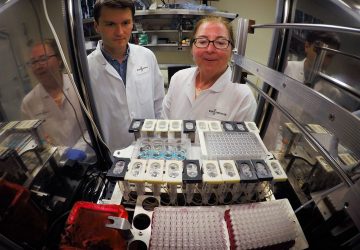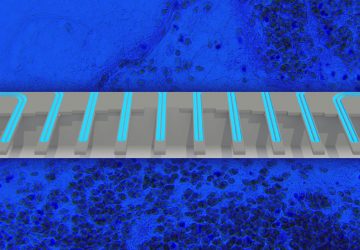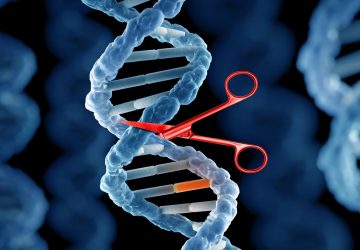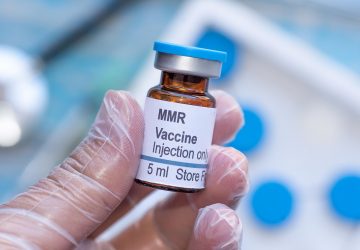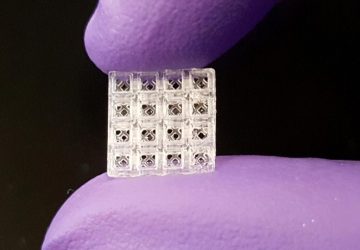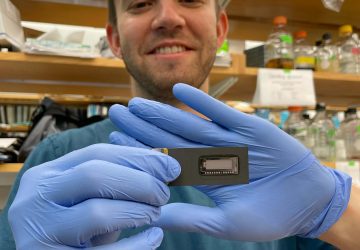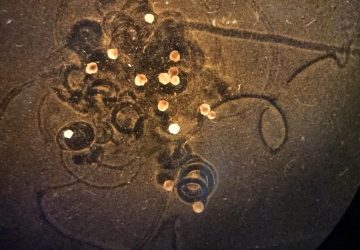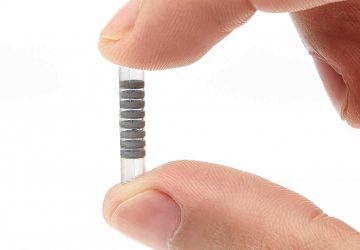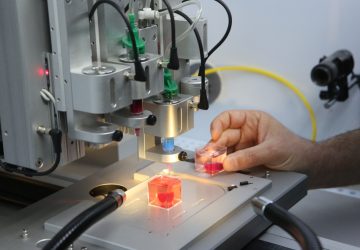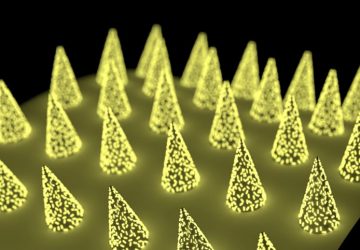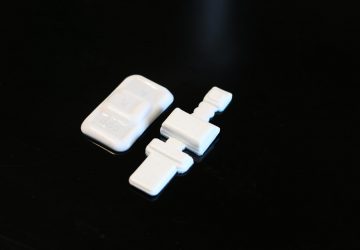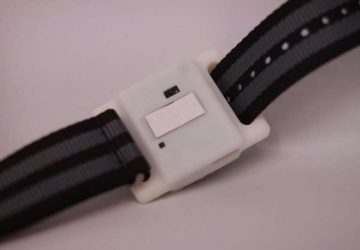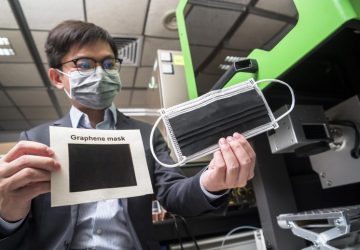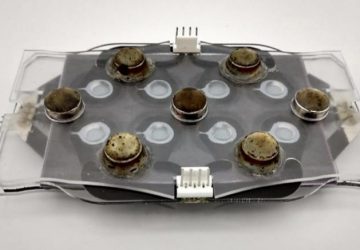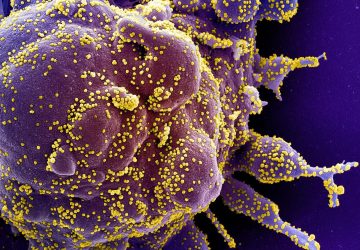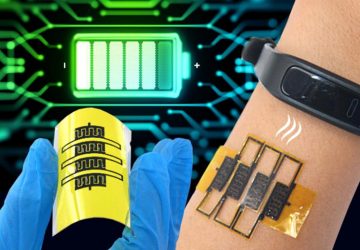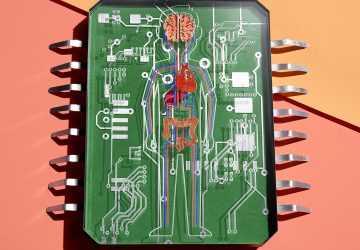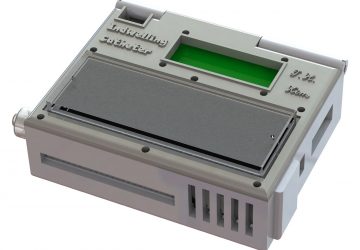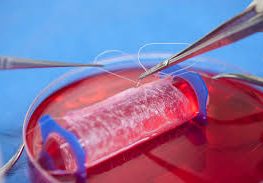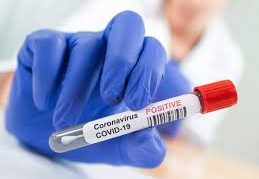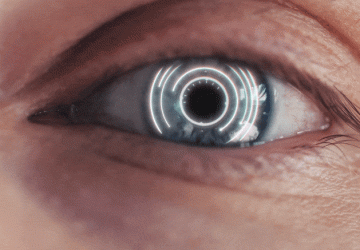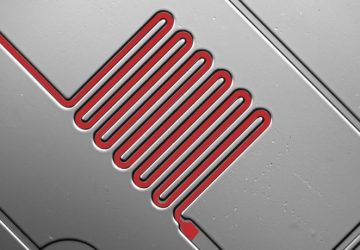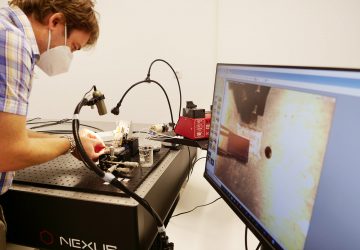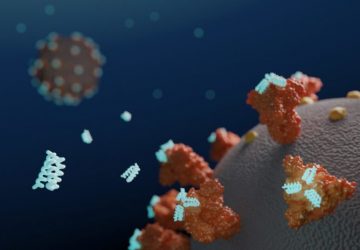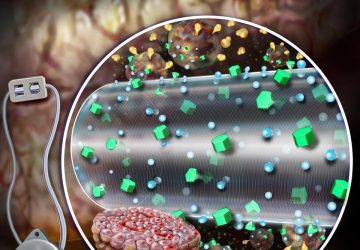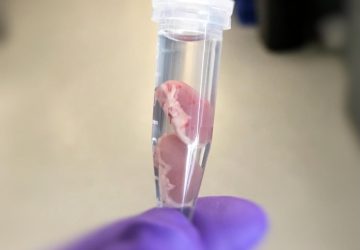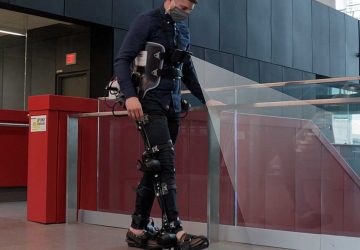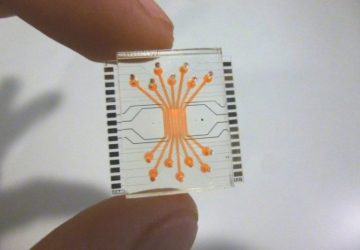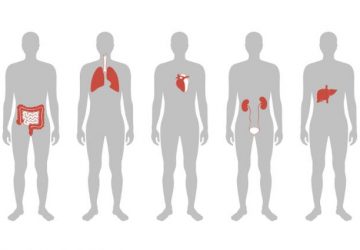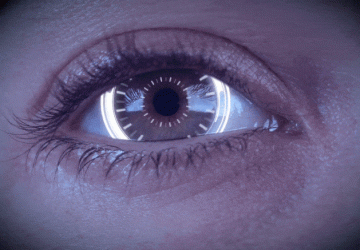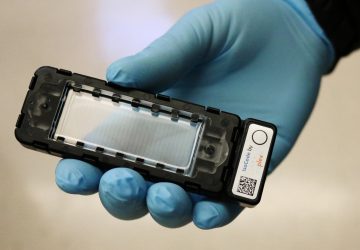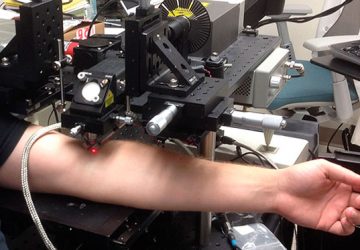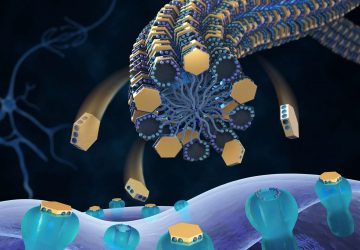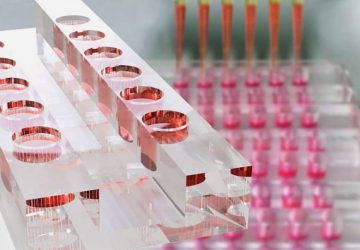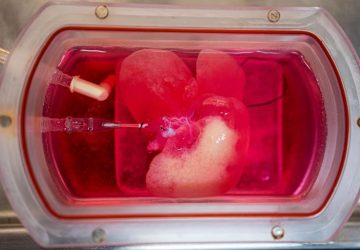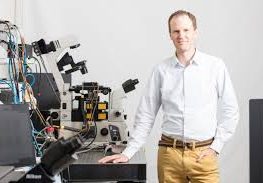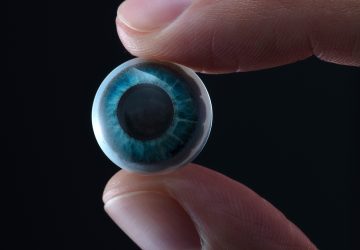Building on a track record of developing adeno-associated viral (AAV) vectors as a groundbreaking clinical tool for gene therapy and gene editing, Children’s Hospital of Philadelphia (CHOP) researchers report a more sensitive method for capturing the footprint of AAV vectors — a broad range of sites where the vectors transfer genetic material. By capturing the full range of gene expression patterns caused by AAV vectors, the technique is expected to…
Read More3D printing the human heart
A team of researchers from Carnegie Mellon University has published a paper in Science that details a new technique allowing anyone to 3D bioprint tissue scaffolds out of collagen, the major structural protein in the human body. This first-of-its-kind method brings the field of tissue engineering one step closer to being able to 3D print a full-sized, adult human heart. The technique, known as Freeform Reversible Embedding of Suspended Hydrogels…
Read MoreNew study to ease plight of patients with advanced cancer
Patients with advanced cancer are to test a therapy aimed at reducing their symptoms and improving quality of life. The treatment – called bermekimab – could help with improving outcomes in cancer, including reducing symptoms such as weight loss and decreased mobility. Researchers have been awarded almost £1 million from the Medical Research Council (MRC), part of UK Research and Innovation, to enable the study, which will begin recruiting patients…
Read MoreNew system for precise navigation through the vascular system
Endovascular interventions are an integral part of the medical routine with 6 million procedures done worldwide annually. During the procedure, doctors insert a thin, flexible wire to navigate the catheter into the blood vessels to apply stents or remove blood clots. In order to navigate the catheter precisely through the vessels, patients undergo X-rays during the procedure. One downside is that “patients and doctors are exposed to a considerable amount…
Read MoreResearchers grow active mini-brain-networks
Cerebral organoids are artificially grown, 3D tissue cultures that resemble the human brain. Now, researchers from Japan report functional neural networks derived from these organoids in a study publishing June 27 in the journal Stem Cell Reports. Although the organoids aren’t actually “thinking,” the researchers’ new tool — which detects neural activity using organoids — could provide a method for understanding human brain function. “Because they can mimic cerebral development,…
Read MoreA “biomultimeter” lets scientists measure RNA and protein production in real-time
Fluorescent tagging system can expedite the process of designing genes and personalizing medicine. Builders of genetic circuits face the same quandary as builders of digital circuits: testing their designs. Yet unlike bioengineers, engineers have a simple and universal testing tool — the multimeter — that they can touch to their circuit to measure its performance. “There’s nothing remotely like this in bio,” says Peter Carr, a synthetic biologist in MIT…
Read MoreScanning Your Eyes for Alzheimer’s
Gates/Bezos-funded charity champions research into methods for early detection of Alzheimer’s disease The Alzheimer’s Drug Discovery Foundation (ADDF) just announced the first award recipients of their $50 million Diagnostics Accelerator research program, an initiative funded by Bill Gates, Jeff and MacKenzie Bezos, and former Estée Lauder CEO Leonard Lauder, among others. The four recipients, chosen from a pool of 300 applicants across 30 countries, are developing reliable, cost-effective ways to…
Read MoreLaser Destroys Cancer Cells Circulating in the Blood
The first study of a new treatment in humans demonstrates a noninvasive, harmless cancer killer Tumor cells that spread cancer via the bloodstream face a new foe: a laser beam, shined from outside the skin, that finds and kills these metastatic little demons on the spot. In a study published today in Science Translational Medicine, researchers revealed that their system accurately detected these cells in 27 out of 28 people with…
Read MorePaediatric tumour test could lead to personalised cancer treatment
A new tumour analysis test has been used to provide more information about cancer in children; something that researchers believe could be used to guide personalised treatments in the future. The test, developed by scientists at the University of British Columbia and BC Children’s Hospital, has been used on nine cancer types across 28 patients. In all cases, the analysed tumours were from children. By testing paediatric cancers, the researchers…
Read MoreWearable Device Scrubs Cancer Cells from Blood
Researchers shrink oven-size machine for diagnosing and halting the spread of cancer to something worn on the wrist A new wearable device, tested on animals, can capture and remove tumor cells circulating in the bloodstream. With further development, the blood-filtering gadget could be used to diagnose, and perhaps treat, metastatic cancer in humans. Inventors of the microfluidic device, at the University of Michigan, described it last week in the journal Nature Communications. Catching cancerous cells…
Read More
